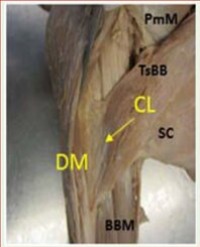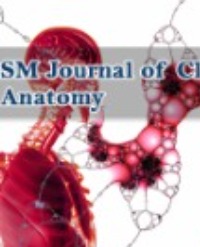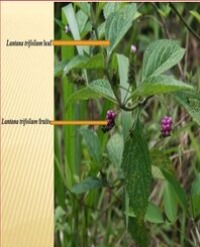Introduction: Ethambutol (EMB), an important drug in treatment of multidrug resistant tuberculosis, has been associated with severe side effects including visual impairment.
Purpose: To establish the protective potential of Lantana trifolium ethanolic extract against EMB induced changes in visual acuity.
Materials and methods: Experimental design involving 25 male adult Wistar rats of 110-130g average weight, divided into five groups each comprising five animals. Group A, the negative control received distilled water. Group B, the positive control was treated with EMB 100 mg/kg/day. Test groups C, D, and E were treated with 25, 50, and 100 mg/kg/day of Trifolium Extract (TE) respectively, one hour before administering 100 mg/ kg/day of EMB for five weeks. Visual acuity was determined by the mean escape latencies obtained using a modified Morris water maze
Results: Lantana trifolium ethanolic extract had a dose dependent protective potential against EMB induced changes in visual acuity. This was shown by the significant increase in the escape latencies of positive control group when compared with those of the group A (4.35±0.50), D (4.85±0.65), and E (3.6±0.38). This effect is likely due to the ability of Latana trifolium to prevent inflammation and accumulation of anti-oxidants in the optic nerve.
Conclusion: Lantana trifolium ethanolic extract has a dose dependent protective potential against EMB induced changes in visual acuity. Studies to determine the exact phytochemical component and mechanism of action responsible for this effect should be conducted.
Owembabazi Elna1 *, Ninsiima Herbert Izo2 , Keneth Iceland Kasozi2 , Abili Sadrax3 , Ssempijja Fred1 , Echoru Isaac1 and Bukenya Edmund1



